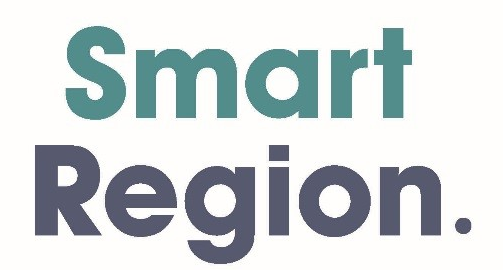How Startups Can Build Lasting Relationships With Journalists
Dmitry Dragilev is the marketing lead at ZURB, the interaction design firm behind ZURBapps, a suite of apps that helps people quickly design great products through rapid prototyping, iteration and user feedback.
It’s a week before launch and you’re hoping to score some awesome traffic from a well-known publication. Here is what usually happens: You send a PR release to a bunch of publications, you pay big bucks for PR agency representation, you tweet the day of the launch, and you hope your story gets picked up.
Be honest — how well did this approach work for you the last time you tried it? Lots of effort, but my guess is you were probably disappointed with the return. Instead, approach reporter interactions as you would an actual relationship.
1. Date Before You Pitch
Most of us decide to pitch journalists right before a product launch launch or announcement, shooting out a press release and hoping to score great articles. This is the worst thing you can do. Don’t expect to pitch someone who doesn’t know you or your product, in the hopes that person will understand the story and details just right — all in a few days.
Instead, build a strong relationship that benefits both of you — it’s the only way you can ensure great news coverage of your product launch.
After all, you don’t pitch a VC or angel investor cold, expecting to earn funding, right? These days, you don’t apply to a job cold and expect to get hired. As you know, relationships are everything when you are trying to build a company. A strong relationship with the press is just as important as maintaining relationships with your investors. Before you can even pitch to a reporter, you’ll have to spend months of hard work, maybe even years, building a strong relationship.
Here are some specific tips on how to build genuine relationships with journalists.
2. Courting
First, you need to have a good idea of who your paying customers might be, where they tend to gather on the web. Which news publications/blogs do they read? Look at the comments on articles and figure out which publications you want to target.
Once you determine the correct reporters/publications, build a relationship with reporters almost exactly like you would build a relationship with a potential spouse. Research what catches the reporter’s eye, both personally and professionally. Have at least three points you want to genuinely talk about, none of which relate to your product. Reach out and give the reporter something first (e.g. send in a story tip, for instance) before asking him for anything. Remember, you aren’t looking for a “one night stand;” you are courting for a long-term relationship.
3. Dating
This isn’t an “adult” friend finder service; this is eHarmony. Develop your reporter relationship over months: Help him out and show your interest in his beat. Show how the reporter can benefit from your help: Bump a reporter’s stories to the top of Techmeme, tip him off about breaking news, talk to him about his articles, respond to his questions in articles and via social media.
4. Getting Serious
You’ve already built a solid and genuine relationship with your reporter. By the time you ask for coverage, you should have helped him out a number of times. You’ve initiated multiple discussions that cover a variety of topics. You’d be comfortable meeting up and grabbing a drink with your reporter.
From here on out, you need to be extra careful. Around the time you’re attempting to seal the deal, your actions are critical to achieving awesome results.
5. The Actual Pitch
By now, you can determine your reporter’s interests and beats. Your pitch should be connected with at least two articles the reporter has written. If it doesn’t, you’re pitching the wrong person.
Your story must have a hook; in other words, it must relate to current trends or events. Most bloggers and news sites won’t be interested in a product that’s off-trend.
Stay super simple. Practice your pitch and wording before you talk to people. Think of it this way: Would your grandmother be able to understand what you’re taking about? Remember, you’re competing with a million other things that might grab a reporter’s attention. If you aren’t crystal clear, a reporter can get distracted or bored with what you are saying. Connect your product to trends and show how it stands out from others in this area.
You should be able to pause after the first sentence of your pitch, confident that the reporter already partly understands what you’re talking about. It’s good if the reporter asks a question back. If you receive a confused response (or none at all), you probably need to make it simpler.
Here are a few sample pitch sentences we used when launching our app.
- App X helps you see if ads are getting in the way or if content isn’t getting read.
- App X is a another tool to supplement surveys, feedback forms and chat.
- App X can help you test landing page performance — it’s a guerrilla marketing tool.
- App X helps you determine if your brand is headed in the right direction.
6. Ongoing Relationship
Your relationship with a reporter or blogger doesn’t end after the pitch. You want it to be in it long-term, like a marriage. Like a real spouse, you’ll have to invest in the marriage, maintaining it over time. After all, you’ve spent months and months courting this reporter — you don’t want to toss him aside once the story is published. Keep the lines of communication open, and you won’t be without a date the next time you launch a product.
Source: mashable.com




